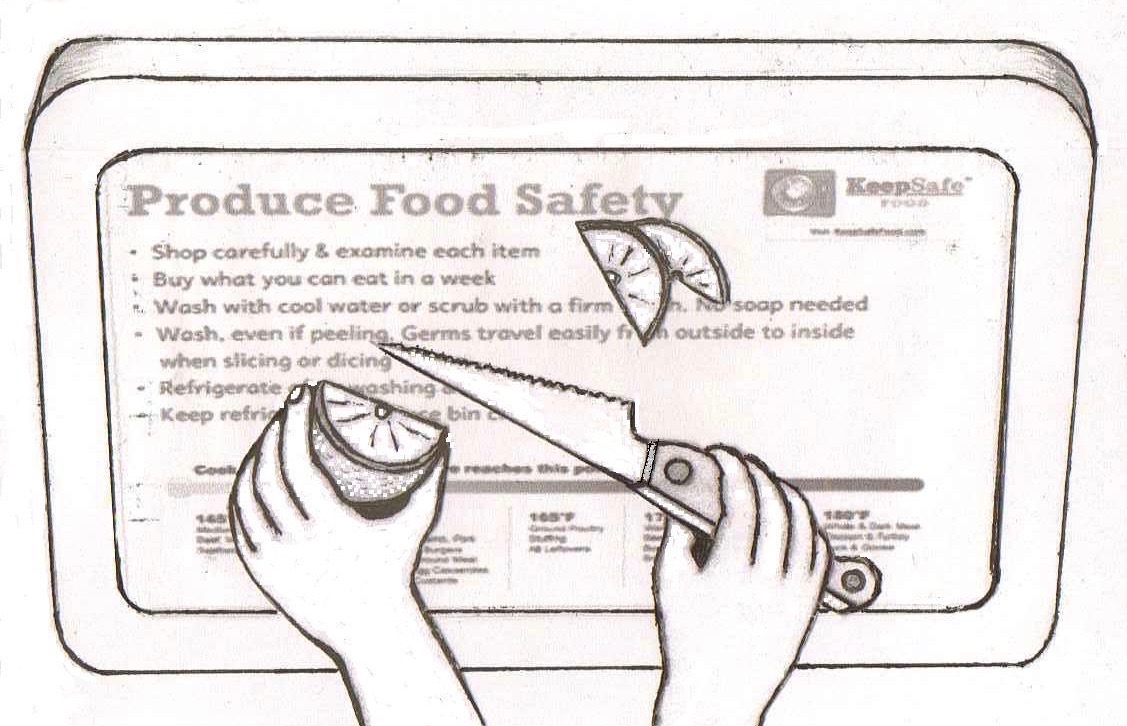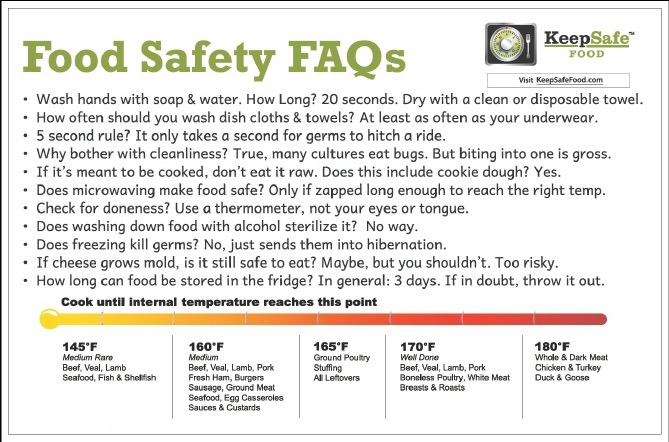What’s on Your Chopping Block?
Cutting boards take a beating all year long, especially during the holiday season. Here’s how to use them safely.
Contributed by Guest Blogger Sheren Dari, as an BGSU Dietetic Intern before becoming a Registered Dietitian Nutritionist. From carved turkey to rolled pie crusts, boards and mats are used to prep all types of food. When I was a novice cook I recall strolling the aisles of Bed, Bath and Beyond, admiring the cutting boards, some were works of art, but I kept telling myself, “Keep walking. You already have one, you don’t need another.” Once I became a bit more competent and ambitious in the kitchen, and after using one side of my one and only board for raw chicken and the reverse side to slice bread, I realized I did need more, for convenience as well as to prevent cross contamination. Now I have a collection of cutting boards and chopping mats and, according to my husband, perhaps too many! To which I reply “ Impossible!”
Hop on Board with these Food Safety Tips
Cutting boards, commonly made with wood, bamboo, glass or plastic are thicker and more durable than flexible, plastic chopping mats. Both boards and mats have their place in a well stocked kitchen. But why anyone would use a glass cutting board is beyond me. I use a sturdy cutting board as a base with a chopping mat on top, then switch out the mats for different ingredients. Remember it’s not always the food you eat that can make you ill. Sometimes it’s the surface it was prepared on that was contaminated, passing on germs to every food that came in contact with it. Here are some other helpful tips I wish I knew when I was as a first time foodie:
If you are wondering which is the safest material, wood, bamboo, glass or plastic? All are fine if cleaned properly. Wooden and bamboo boards have a porous surface so it is possible for food particles to get wedged in the knife crevices. Plastic or glass boards have a nonporous surface. Wash all with soapy water and rinse with clear water, then pat dry and air dry. To make life a little easier, many can be cleaned in a dishwasher, unless otherwise noted on the packaging. For an extra measure of security, sanitize your boards with a solution of 1 tablespoon of unscented, liquid chlorine bleach per gallon of water. Flood the surface with the bleach solution and allow it to stand for several minutes. Rinse with clear water and air dry or pat dry with clean paper towels.
Chop and Change
Like all kitchen items, cutting boards and chopping mats have a shelf life. All, except perhaps glass, become worn over time. When it is too late to revive them, throw them away, then head over to www.KeepSafeFood.com and choose one of their handy, chopping mats to replace your set. My friend claimed hers lasted several years, even after being washed hundreds of time in the top rack of her dishwasher. They are so inexpensive you won’t be tempted to keep them longer than appropriate, plus they come with food safety tips and a safe cooking temperature guide right on them. Protect Your Plate (and your chopping mats) with KeepSafe Food.
Needs mats? The Food Safety Dietitian suggests adding all 4 to your shopping cart: https://keepsafefood.com/shop/
.



